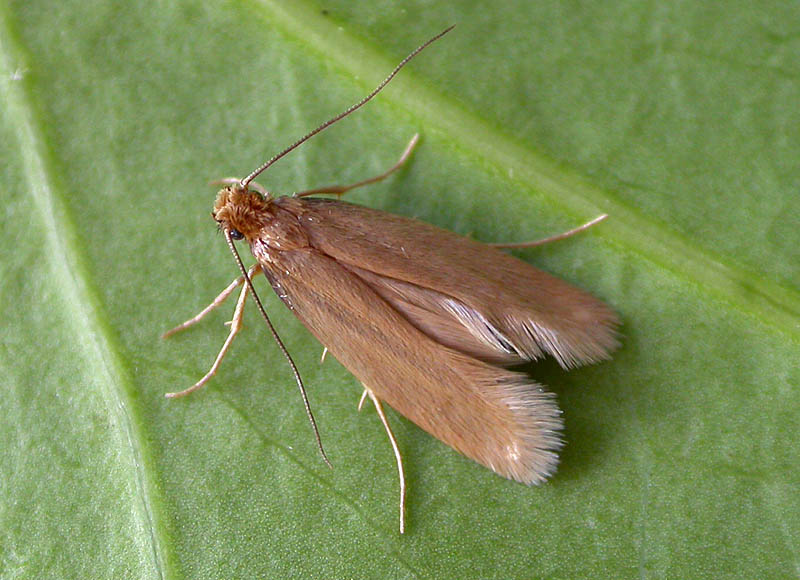Mention moths and most people think of the butterfly-like creatures that always fly toward the light. While there are plenty of moths that are attracted to light, these are the nocturnal moths. There are plenty of other moth species that don’t like the light and will do their best to stay away from it.
One moth that isn’t interested in the light is the clothes moth. They are small, usually less than ½ inch wide and are beige. Because they dislike the light they are often hard to spot. But, you are likely to find the evidence that they’ve been in your home and closet.
The problem with clothes moths is that they eat keratin. This is a natural protein predominantly found in fibres. Unfortunately, your clothes tend to be made of natural fibres, making them a target for the moths.
Who Does The Eating?
What you may not realize is that the clothes moth doesn’t actually eat your clothes. But, the female clothes moth will lay their eggs on your clothes. Anything that has natural fibres is perfect for moth larvae to eat. The female clothes moth can lay between 50 and 1,000 eggs in one go. These can all be on one garment although not all in the same place.
When the eggs hatch the moth larva will have food ready and waiting for them, giving you holes in your clothes.
It’s worth noting that cotton and synthetic materials, such as polyester, are not usually targeted by clothes moths. They don’t contain keratin.
Items made from wool, silk, fur, and even cashmere do contain keratin and are fair game for the clothes moth. This can include your rugs if they are made of natural fibres. Or, if your rugs are covered in dog or human hair the moths will still find them a good food source.
Dealing With Clothes Moths
If you have an infestation of clothes moths then the best approach is to call your local pest control company and have them deal with the matter. It’s more than finding the moths, you need to eliminate all the larvae and, ideally, remove the attraction of your home.
Fortunately, there are several things you can do to help with this.
-
Wash Everything
The first step is to wash everything that they could eat on the highest possible setting in your washing machine. You’ll need to check what the garment can handle. Anything you can’t wash should be taken to the dry cleaners.
Any already damaged clothing should be discarded and sealed into a rubbish bag.
-
Vacuum Often
Vacuuming won’t remove the moth larva on your clothes but it will protect your carpets and rugs. You’ll need to vacuum daily and use a vacuum with plenty of suction power.
-
Storage
The most likely time for clothes moths to strike is the beginning of winter as the temperature drops outside. You need to make sure that any clothes not likely to be worn during the winter are properly stored. It’s best to put them in a sealed plastic container or even vacuum pack them. This will prevent the clothes moths from getting to them.

